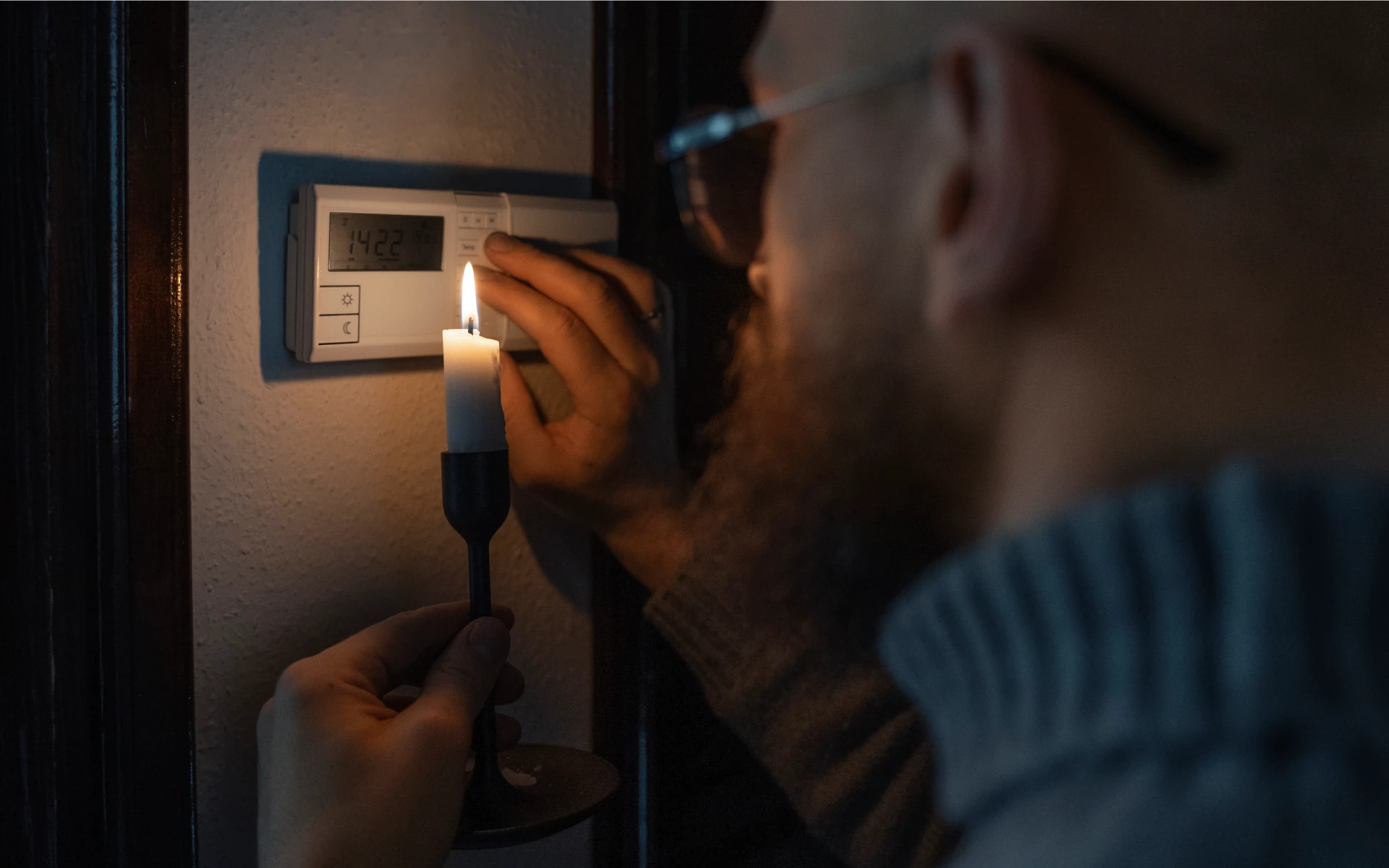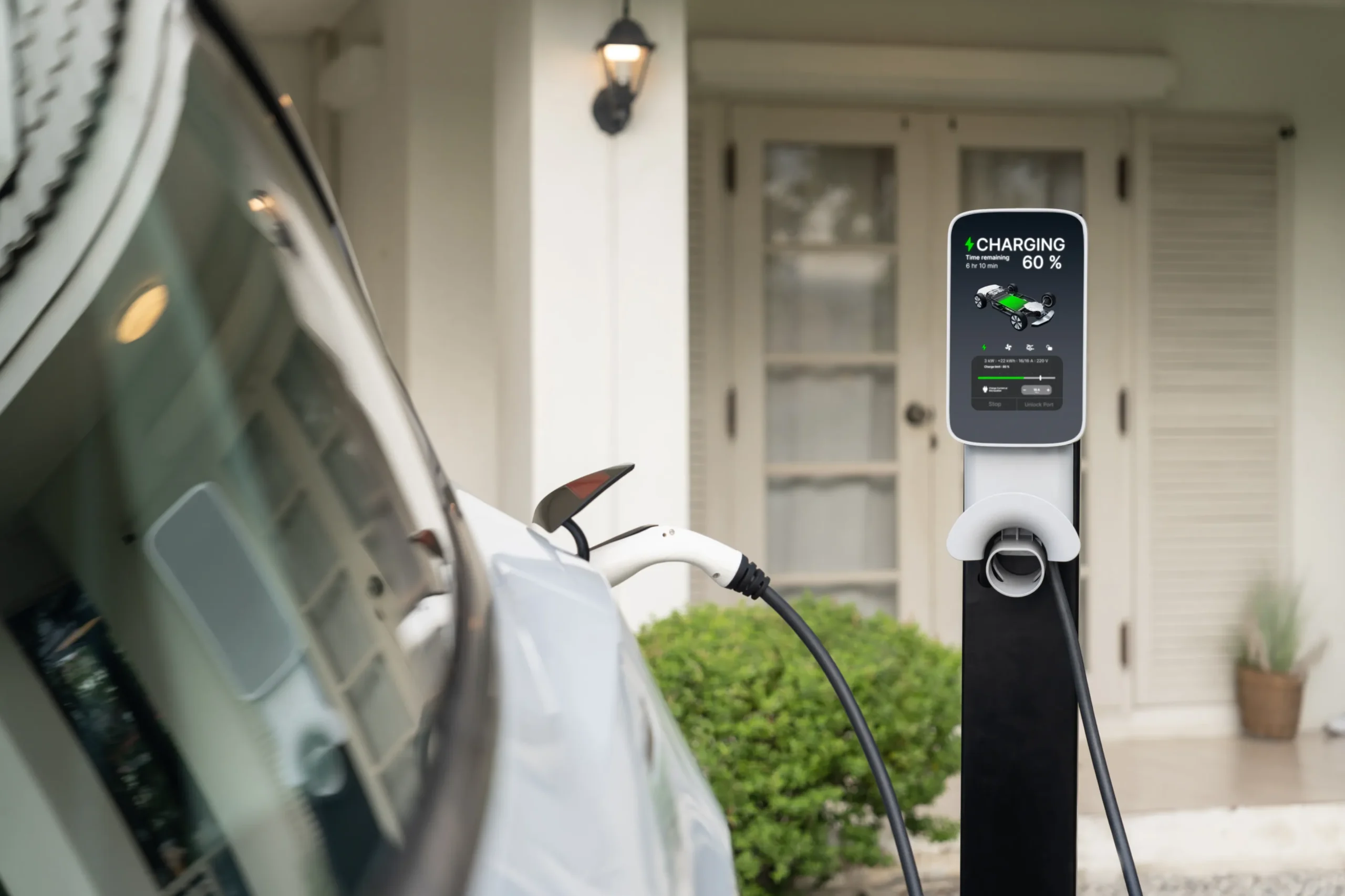Key Takeaways
- Older electrical panels may struggle to power modern appliances, especially in homes built before 2000.
- Frequent breaker trips, warm panels, or no extra space for new circuits usually mean you have an undersized or outdated panel.
- Upgrading requires permits, utility coordination, and skilled work, which is best handled by a licensed electrician in New York or New Jersey.
Most homes in New Jersey and New York built before 2000 have panels rated for 100 or 150 amps. That was enough when homes only had to power lights and a few appliances.
Today, modern applications can quickly make your 100-amp panel obsolete, such as EV charging, HVAC systems, smart water heaters, or even induction ranges.
It’s easy to miss the signs of an overloaded panel until you run into a serious electrical problem. Instead of waiting, future-proof your home now with a 200-amp panel in NJ or NY.
Common Signs You Need an Electrical Panel Upgrade
Is your electrical panel handling more than it should? Common signs include:
- Circuit breakers that trip often. This means circuits are overloaded and likely too old.
- The panel cover or outlets feel warm to the touch, which can indicate overloading or short circuits. It’s a major safety risk.
- Lights flicker or dim, especially when you turn on an appliance, because your panel is having trouble supplying enough power to all circuits.
- There are no extra slots available for adding new circuits to the panel. This will hold you back if you’re planning on a home addition or EV charger installation.
An outdated panel is a major risk because running your panel close to its top capacity puts a lot of strain on your entire electrical infrastructure. You should also know that, while New York and New Jersey respectively use the 2017 and 2020 versions of the National Electrical Code, both states will switch to a more recent version of the standard soon. You can stay ahead of new regulations by upgrading your panel now.
A home with an up-to-date electrical system is a major plus when you’re ready to sell. With modern applications like EV charging, solar integration, heat pumps, or smart appliances becoming more popular, many buyers look for 200-amp panels.
What Upgrading Your Panel Really Involves
Upgrading your panel involves more than replacing the breaker box. In NJ and NY, the work starts with a home load assessment. Every upgrade requires proper permits from the local building department and coordination with your utility provider. The utility may have to replace or reconnect service wires to meet the new amp rating.
Licensed electricians in NY and NJ make the process smoother. The upgrade process usually looks like this:
- Load assessment and planning with a professional.
- Filing permit applications.
- Scheduling and managing utility service shutoff and reconnection.
- Panel installation and new circuit setup.
- System inspection for code compliance.
- Utility restoration and testing.
- Final inspection from your local building department.
Skilled contractors like JAXSL navigate all local regulations for New Jersey and New York properties, handling project permits, load calculation, and the final inspection.
Why 200 Amps Is Becoming the New Standard
High-capacity panels are becoming more common for two main reasons:
- Electrification is happening. People are replacing gas-powered appliances with electric ones and adopting solutions that use more electricity, like heat pumps or EV charging. Homes are using more power and need updated panels.
- From a regulatory perspective, many cities and townships are pushing for electrical upgrades. Even though NY and NJ still use older versions of the NEC, EV adoption is up, making electrical upgrades a point of focus.
It’s a good idea to plan ahead. More homeowners will look into upgrading to 200-amp panels over the next few years, which could make it hard to find a local electrician with availability.
Upgrading costs and considerations for a 200-Amp Panel in NJ or NY
Upgrading to a 200-amp panel typically costs between $1,300 and $2,500, with some projects costing more in homes that need extra wiring or repairs. Labor, permit fees, and utility work also influence the final price.
You should get a better idea of how much the project will cost after an electrician inspects your home.
Book a Panel Load Assessment With JAXSL
Before installing new technology or adding circuits, schedule a load assessment with a licensed electrician in NY or NJ like JAXSL.
JAXSL manages every project step, from calculating your needs to filing permits and coordinating with utilities. We work across New Jersey and New York, helping homeowners avoid compliance issues and costly mistakes.
We invite you to contact JAXSL for a home panel assessment and upgrade by calling us at 844-452-9538 or contacting us here.
FAQ
What does a 200-amp panel provide over a 100-amp model?
A 200-amp panel increases available power for current and future needs. Homes can run more appliances, heating, cooling, and EV charging without overloading.
Can I upgrade an electrical panel myself?
Panel upgrades must be handled by licensed professionals to meet NJ and NY permit rules. DIY work may void insurance or cause compliance issues.
Is a 200-amp panel required for EV or solar?
Many EV chargers and solar installations recommend or require a 200-amp panel, especially in NJ and NY, where new incentives and ordinance changes support clean energy adoption.
How long does replacing an electrical panel take?
Most upgrades take 8 to 10 hours, depending on utility scheduling and permit approvals. Extra work could extend the timeline, but a skilled team keeps things smooth.




